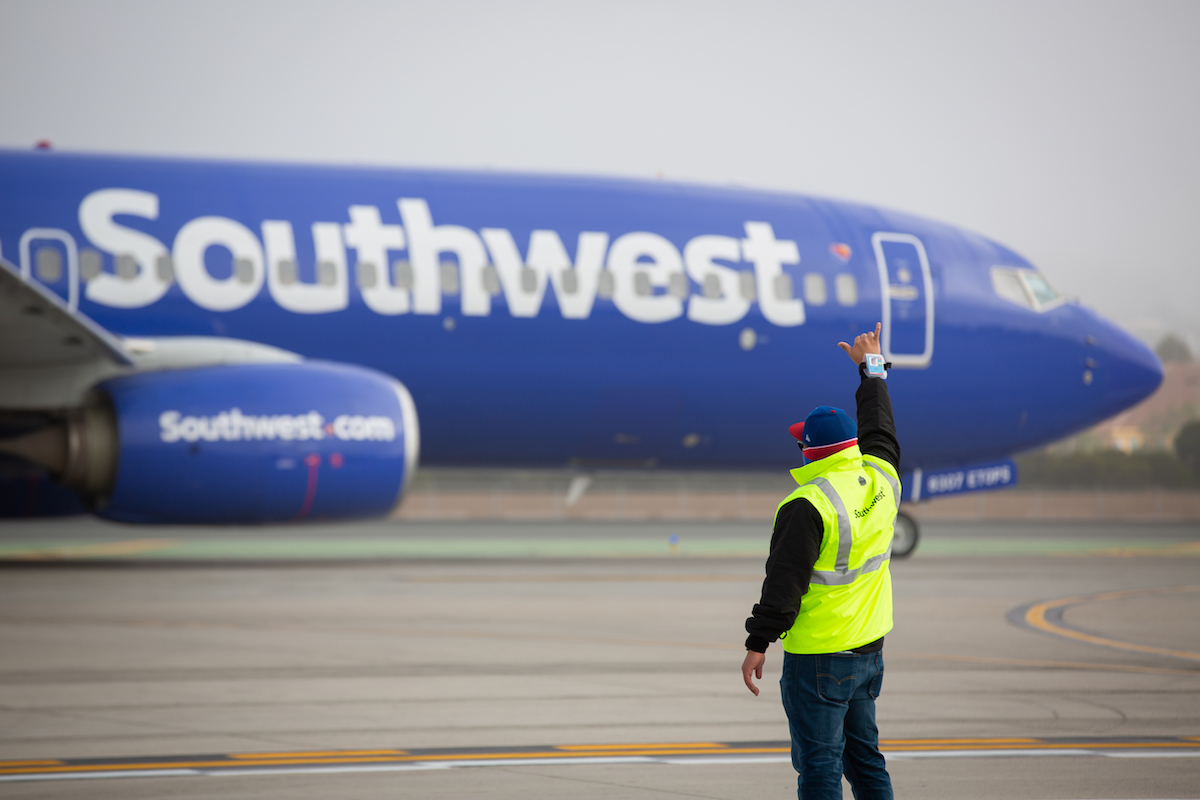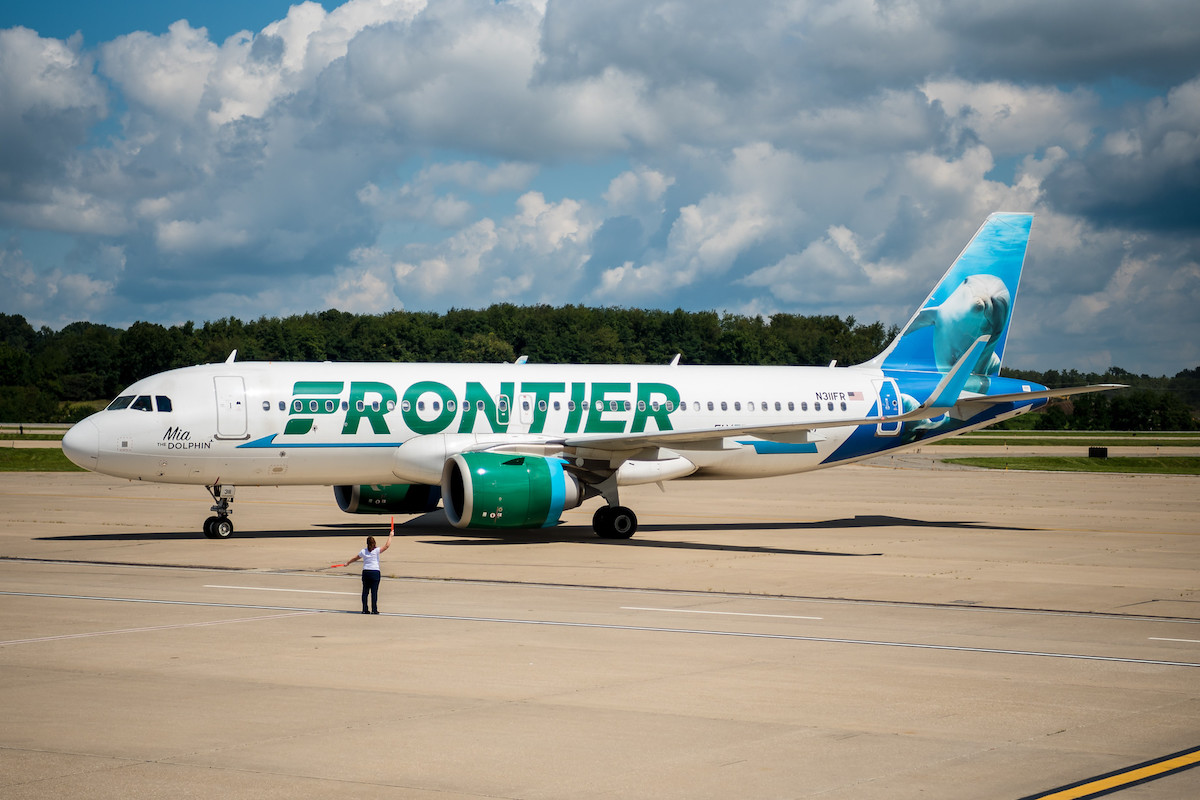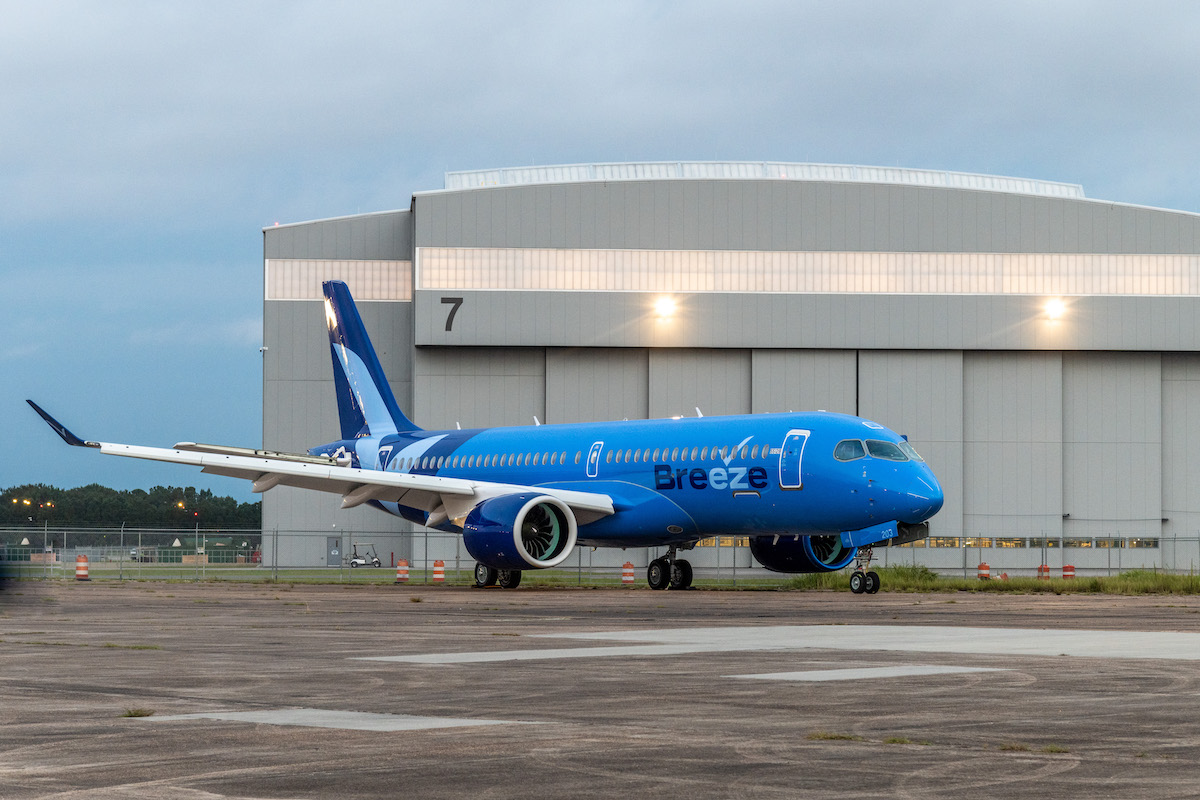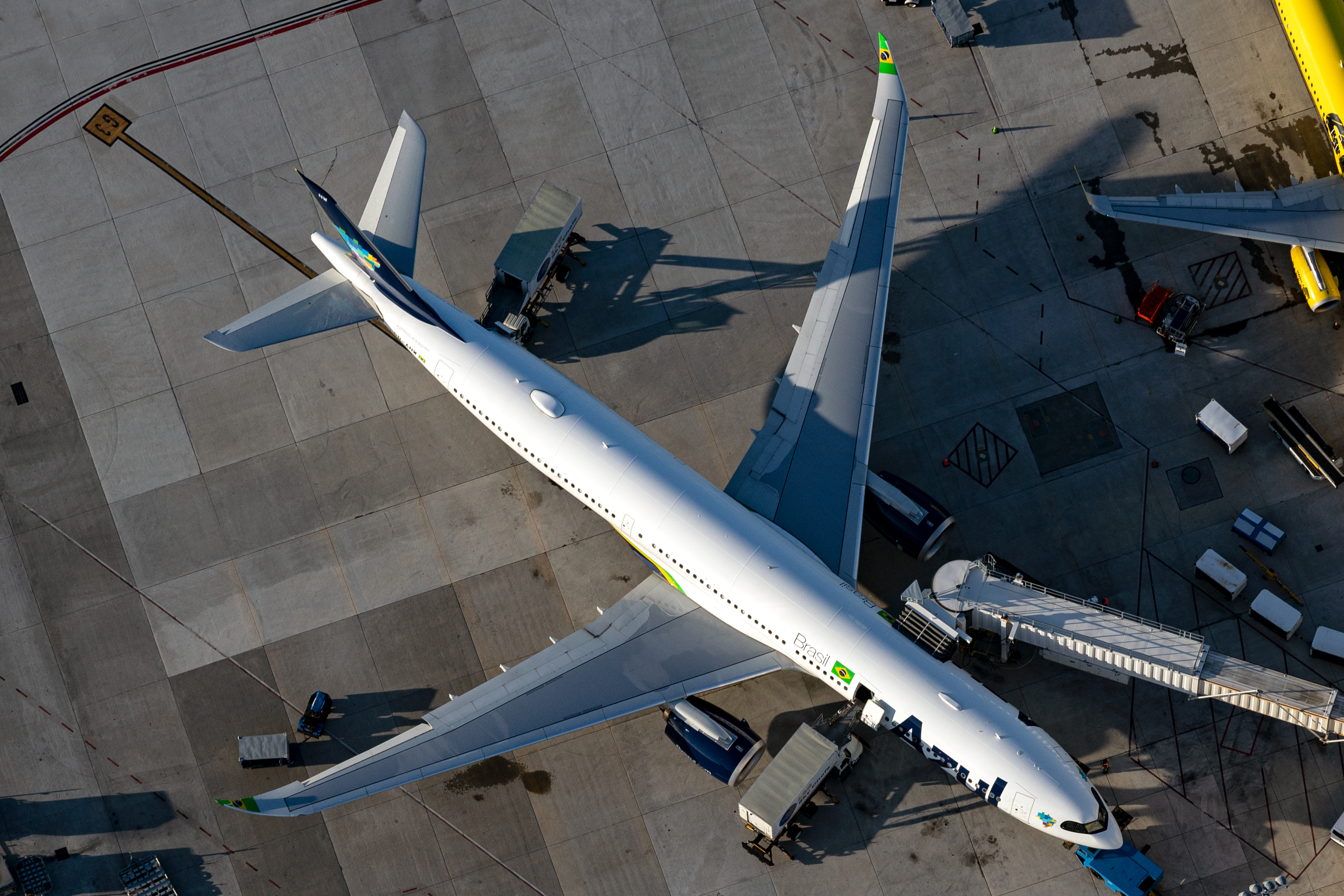U.S.-China Flights Begin the Slow Climb to Recovery
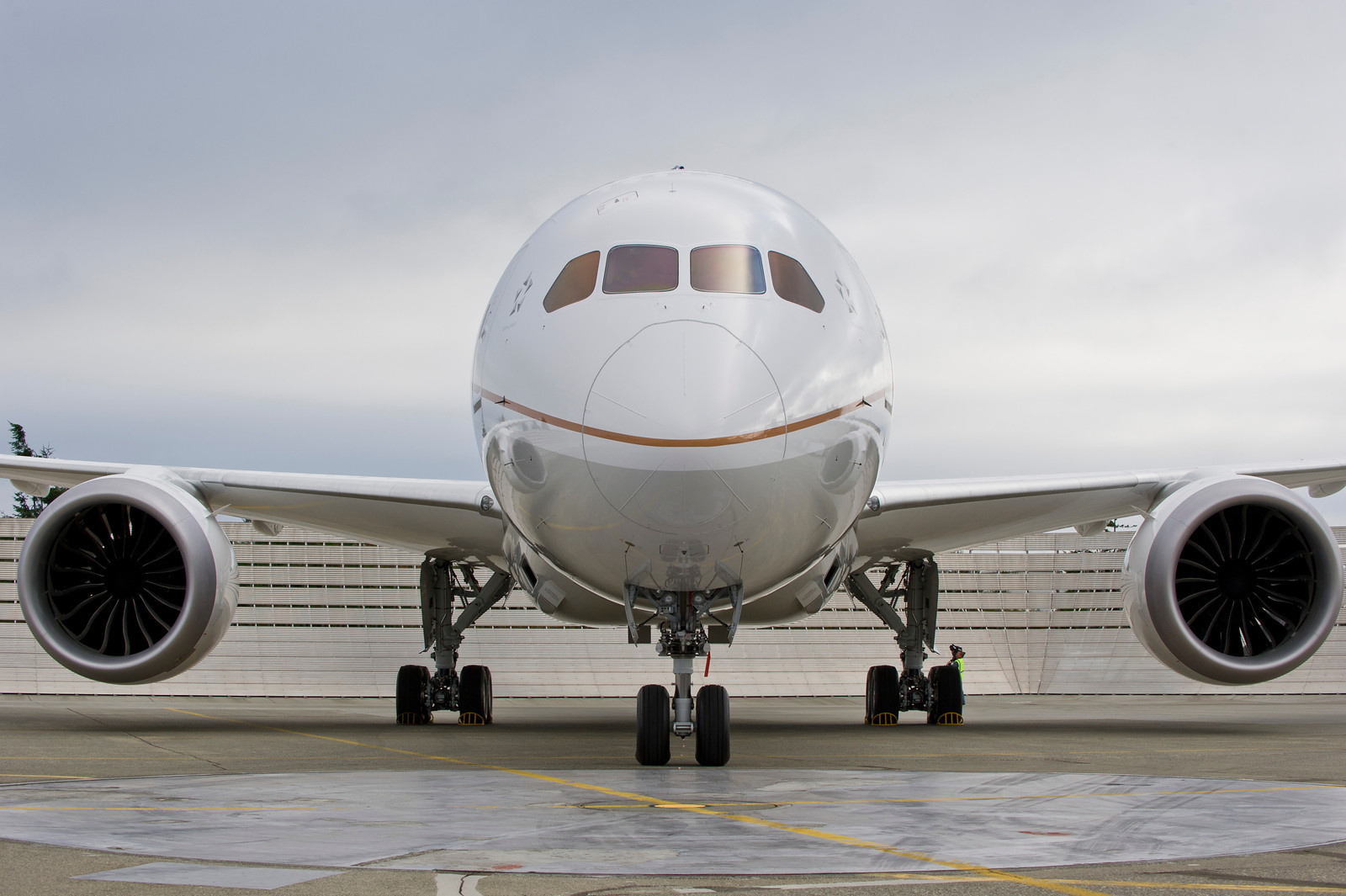
The U.S. and China are stepping back from their sometimes-tense aviation standoff by allowing more flights between the two countries. The U.S. Transportation Department (DOT) ruled that Chinese carriers currently serving the U.S. can double their weekly flights from four to eight. This follows on the heels of the Civil Aviation Authority of China (CAAC) last week ruling that U.S. airlines now flying to China could double their weekly frequencies from two to four flights.
With the backdrop of increasing trade and political tensions between the two superpowers, this small step toward normalization is welcome.
United Airlines and Delta Air Lines immediately announced additional flights. United will bump its San Francisco-Shanghai flights up to four weekly frequencies on Sept. 4, and Delta is adding Detroit-Shanghai and Seattle-Shanghai to its schedules from Aug. 24. Flights by the two U.S. carriers stop in Seoul to allow crew changes to meet quarantine restrictions.
DOT now is allowing Air China, China Eastern, China Southern, and Xiamen Airlines to bump up their combined U.S.-China frequencies to eight weekly flights.
The three U.S. carriers that had been operating to China (Delta, United, and American, which has not signaled when it plans to resume China routes) voluntarily suspended flights early this year, when the pandemic started to spread. But the CAAC first ruled that it would only permit airlines operating in the country in March to resume service. This would have prevented U.S. airlines from flying to China. DOT responded in kind.
But starting in June, CAAC and DOT reached an accommodation that allowed limited numbers of flights to resume. This latest agreement is a step in the right direction, industry analysts say, but is a far cry from the hundreds of weekly flights that knitted the countries together before the pandemic.
CAAC has said demand so far has been from Chinese nationals seeking to return to China. International business travel, which fueled U.S.-China routes before the pandemic, is not expected to recover for years. Meanwhile, China is restricting U.S. citizens from applying for visas, and the U.S. State Department has advised citizens not to travel to China.
